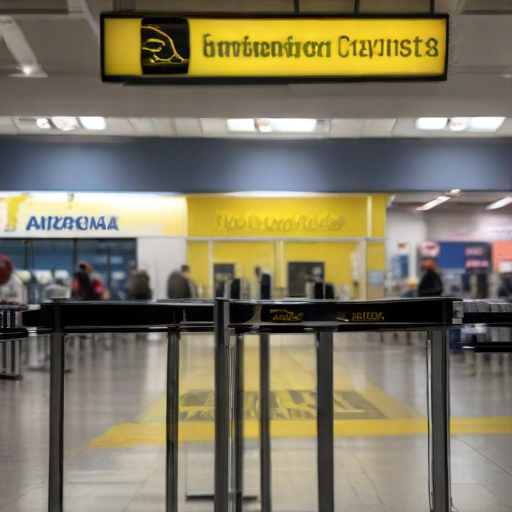Spirit Airlines has announced that it has filed for bankruptcy protection as the airline seeks to recover from difficulties exacerbated by the COVID-19 pandemic, which severely impacted air travel, and its unsuccessful attempts to sell itself to other airlines.
As the largest budget airline in the U.S., Spirit has incurred losses exceeding $2.5 billion since early 2020, and it faces over $1 billion in looming debt payments in the next year, making its financial situation untenable. This decision to seek Chapter 11 bankruptcy was anticipated.
The airline stated that it intends to continue its normal operations throughout the bankruptcy process, which it describes as a “prearranged, streamlined” Chapter 11 experience. Spirit assured customers that bookings and flights will continue without disruption and emphasized that employee wages and benefits would remain unaffected during this time.
Following a report on Friday about potential bankruptcy discussions, Spirit’s shares plummeted by 25%. The stock has seen a drastic decline of 97% since late 2018 when the airline was still profitable. CEO Ted Christie highlighted efforts to engage with bondholder advisers to manage upcoming debts, stressing the importance of securing favorable refinancing options promptly.
Despite these challenges, Spirit’s passenger numbers have slightly increased, with a 2% rise in the first half of the year compared to last year. This growth, however, is coupled with a 10% decrease in revenue per mile due to lower ticket prices, contributing to the airline’s financial woes.
Several factors have contributed to Spirit’s struggles. Rising labor costs and increasing competition, including other airlines offering budget-friendly options, have drawn away Spirit’s traditional customers. Additionally, a surge in leisure travel prices has not benefited Spirit, as the airline has been unable to maintain its no-frills appeal in a shifting market, prompting a new strategy to offer bundled fare options.
To stabilize its financial footing, Spirit plans to reduce its flight schedule by nearly 20% from October to December, a move aimed at increasing fare prices. Analysts, however, suggest that this strategy may ultimately benefit competing airlines more than Spirit itself.
Further complicating matters, Spirit has experienced operational challenges, including required engine repairs that have grounded many of its aircraft, leading to furloughs of pilots. In a recent regulatory filing, Spirit indicated it aims to implement around $80 million in cost-cutting measures, primarily through workforce reductions, and has agreed to sell 23 airplanes for approximately $519 million.
Attempts to merge with other airlines have also failed, with previous bids from Frontier Airlines and JetBlue collapsing due to regulatory obstacles. The landscape for U.S. airline bankruptcies has changed since the 1990s and 2000s, but Spirit’s situation reflects ongoing challenges in the industry.
While Spirit navigates this bankruptcy process, there is a glimmer of hope for the airline’s future. The steps it’s taking towards restructuring and its continued commitment to serving customers may lead to a resurgence. If successful, Spirit might emerge stronger and more adaptable to the evolving travel market, ultimately benefiting budget-conscious travelers once again.
In summary, while Spirit Airlines confronts significant difficulties, the potential for recovery remains as it undergoes restructuring efforts to stabilize its operations and adapt to changing market conditions.
